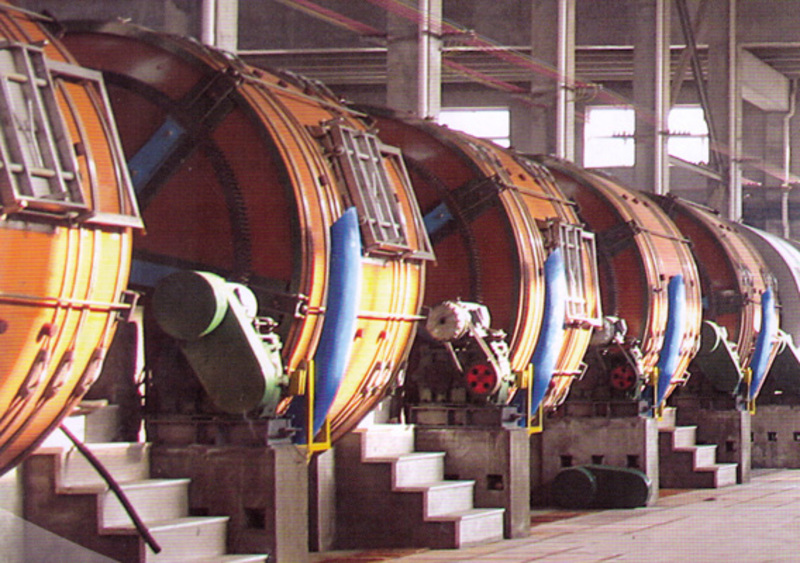Leather drying technology
To have final leather products such as men's leather shoes, women's handbags, purses, belts, clothes, etc. The last step in the tanning process is to edit and process the leather. It is neccessary for leather to go through the adjustment process to meet the requirements for the right use. In particular, drying is an extremely important step to help the leather dry, resilient and better colored.
At present, vacuum drying and toggle are considered as the two most important drying methods used in tanning plants. The first method gets higher productivity and strength while the latter increases the durability and softness of the leather.
Recently, Italian tanning manufacturers have conducted an innovative study on drying technology which is one of the major stages of tanning. The result is the construction of a new drying plant with independent drying rooms that can affect the leather's properties such as keeping the leather smooth and soft.
The CRC system divides the room into independent closed chambers, each closed chamber being programmed according to the characteristics required for each type of skin, including temperature, humidity, storage air volume and tension. Each enclosure in the system has 20 frames toggle hanging wet skin, programmed to move the work cycle. These blocks will move from one enclosure to another, so that the skin finally meets the conditions close to the external environment. This phase can use more water separation system, moisture absorption. The skids then move to the loading table with the temperature equal to the air temperature. This stage is important because the panels and the frames must be cooled down before being unloaded, so it is important to maintain normal air temperatures for a long time.
The temperature of the hot air stream can be adjusted by individual heaters for each closed chamber. Hot air flows can be recirculated in sealed enclosures, or changed with airflow from the front or rear enclosure. In the enclosed chamber, hot air is drawn from the ceiling of the chamber and blown down along the sides of the wall, creating a hot airflow from the bottom to the top and blowing through the individual panels. Centrifugal centrifugal fans are variable in rotational speed to perfectly circulate the airflow, as well as to prevent damp layers on the skin. The space between the hanging frames is larger than that on conventional toggle dryers for better ventilation, thus increasing the moisture evaporation rate in the leather.
Inventors also consider the stretch rate of the skin. A skin tensile control system uses a variety of tools to stretch the surface of a wet skin, and then adjusts the skin so that each part of the surface does not over-stretch the skin. Tightness control can be done on both the buttocks and the neck of the skin. This way it can stretch the skin as you like.
The drying process is programmed based on the parameters suitable for each type of skin to be dried. Dry skin samples were used for each dry chamber and the blocks attached to the 20 suspended frames moved from the closed chamber to the next closed chamber. In the event of a sudden change in the drying process, such as a shift or a job interruption, the cubicles may be adjusted for further cycles without having to move them. frame. To ensure that the programmed parameters in the enclosure are not changed, the temperature and humidity must be monitored and adjusted regularly.
The main objective of this improvement in the drying technology of the leather is to improve the quality of the finished leather and also significantly reduce the energy consumption. Also If using heat exchangers to utilize waste heat to recycle recyclables can save more energy.










